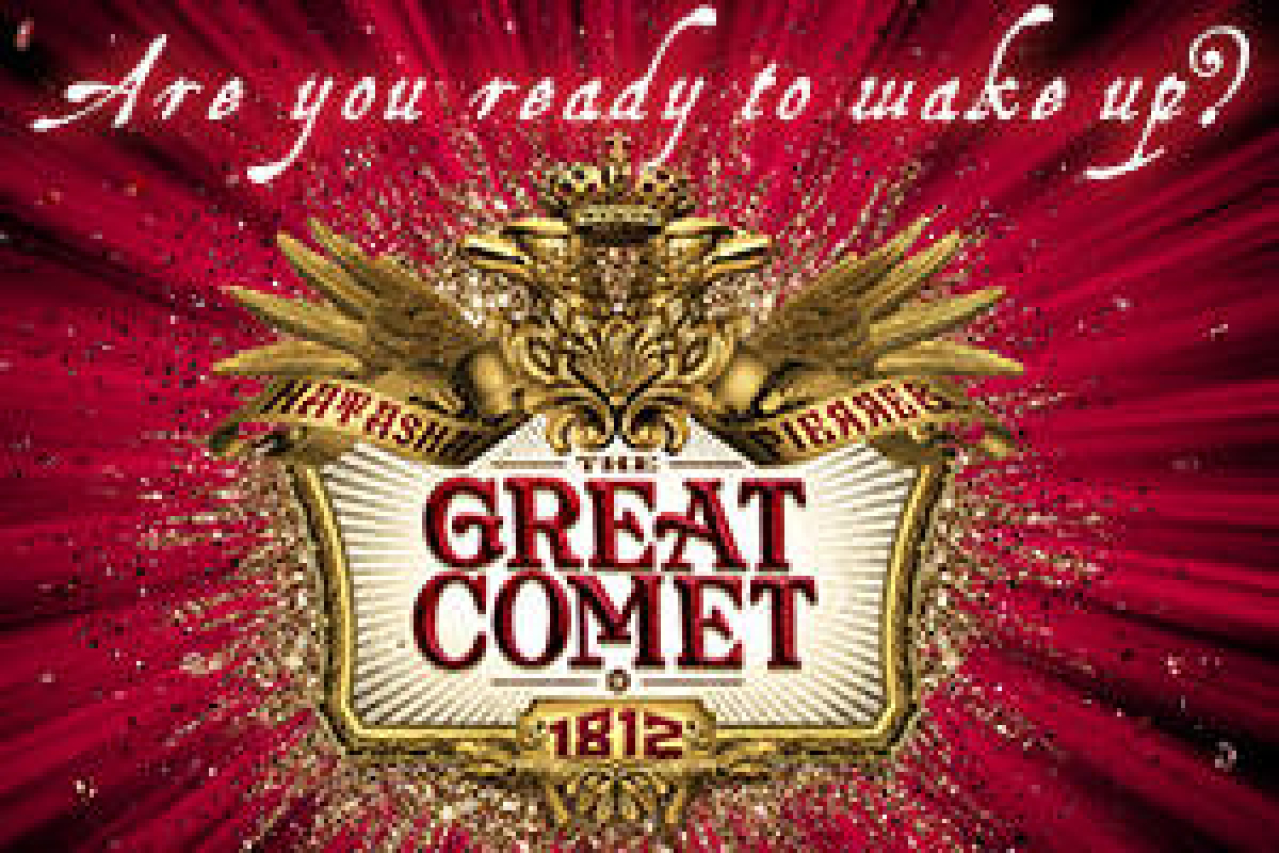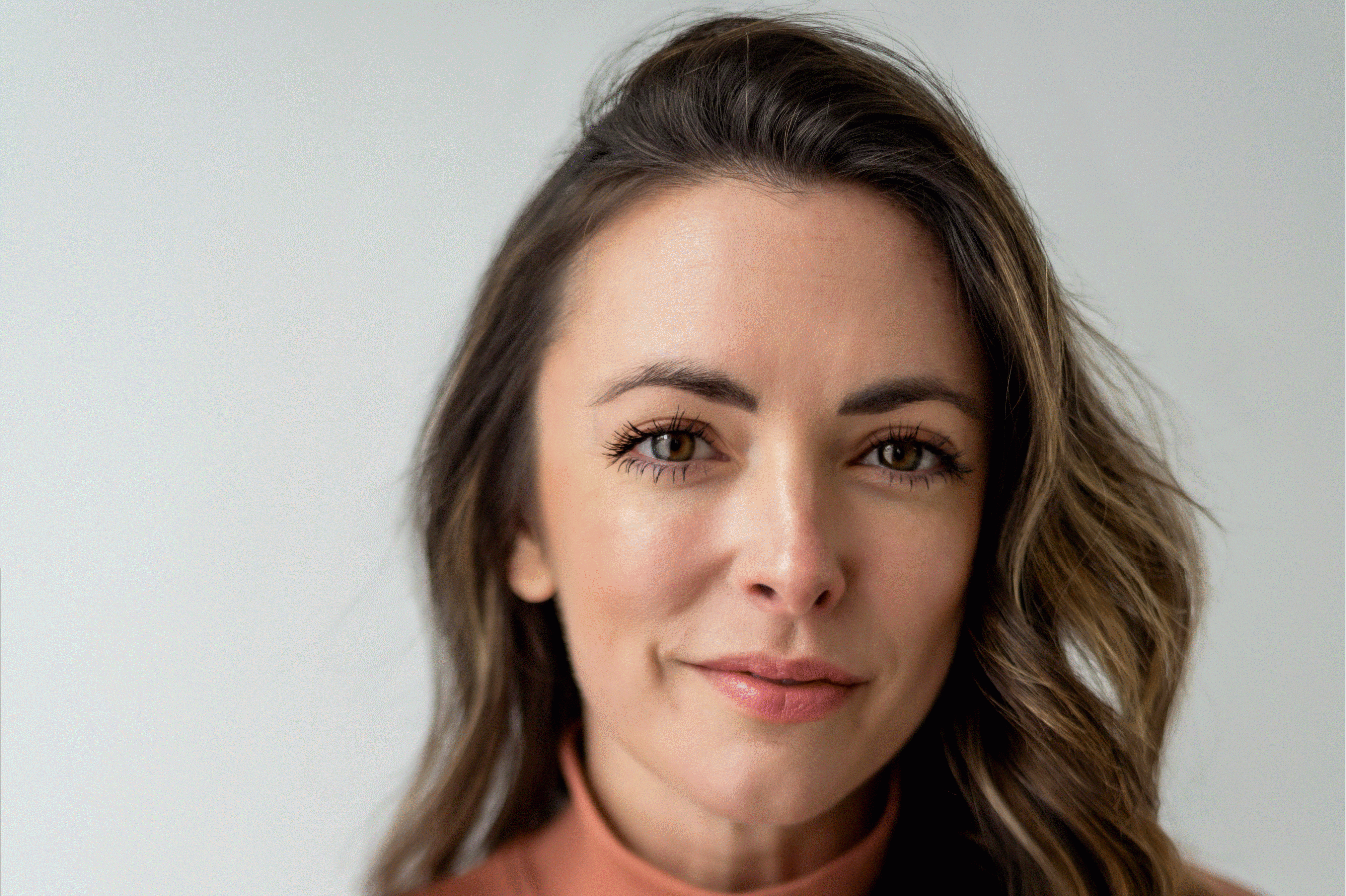The Great Comet Designers Explain Their Favorite Creations

(© Chad Batka)
Natasha, Pierre & The Great Comet of 1812 is the leader going into this year's Tony Awards, having racked up an impressive total of 12 nominations. The actors who occupy Dave Malloy's musical version of 19th-century Russia every night at the Imperial Theatre soak up most of the spotlight, but it's the Great Comet design team that's been silently piling up acclaim for creating such a luxurious and immersive world in which the ensemble can exist eight times a week.
The members of the creative team have been nominated in their respective Tony categories (with the exception of Nicholas Pope for whom there is no Tony category, but who recently accepted a Drama Desk Award for his sound design). We asked three of these designers to give us a little more insight into their favorite creations. Find out what inspired some of the show's most beautiful moments — and next time you visit Great Comet, be sure not to take them for granted.
Interviews have been condensed and edited for clarity.
Paloma Young (Costumes)
The Opera Dancer duet was added for Broadway. We've always had an opera within moment where the audience watches a strange disorienting art performance along with Natasha, but we wanted to make it larger and weirder. We were limited in scale by the narrow playing space the performers have to move on, and also by the desire to not smack theater guests in the face. So with these and most of the Comet costumes, we play with scale from the waist up. I talked to Rachel about the story behind the opera, and our singers are playing King Priam and Lady Guinevere having an affair while Arthur is away crusading. The dancers wanted to be an offshoot of this tragic impossible love but not a mirror. As they would be dancing in a circle underneath our comet, I suggested celestial beings: a sun and a moon. The look of the costumes is greatly inspired by early 20th-century Ballet Russe and other Russian constructivist pieces. They wanted to be funny and strange, but ultimately also sensual and beautiful — Natasha gets super hot and bothered at the Opera (in a confused way) so she's ripe for seduction when Anatole bursts into her box with a blinding ray of light.

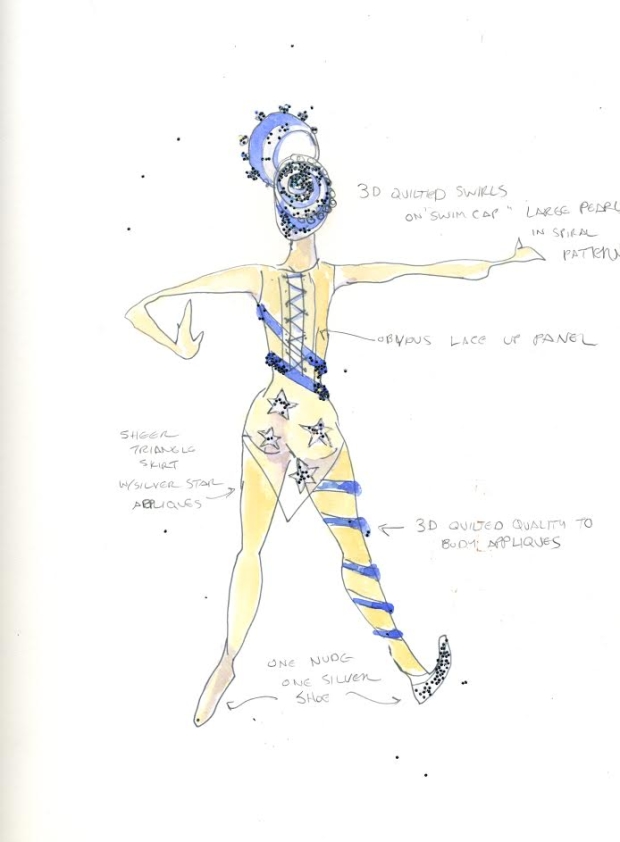
Nicholas Pope (Sound)
One of my favorite elements of the sound design of The Great Comet is the enveloping nature of the choir. In harmony with the scenic design and the staging of the actors throughout the theater, the sound system tracks all the performers in three-dimensional space throughout the entire show. The result for the audience is the feeling that you are directly in the middle and are a part of the choir. I think this encapsulates the larger tone of the piece with the full ensemble of musicians, actors, and designers drawing you into the world of the show and creating a new temporary reality for you join us in the experience of The Great Comet. This happens many times throughout the piece, but I think my favorite moment is the finale. In this song, "The Great Comet of 1812," the choir feels as if they are hugging you, swelling and ebbing throughout the song.
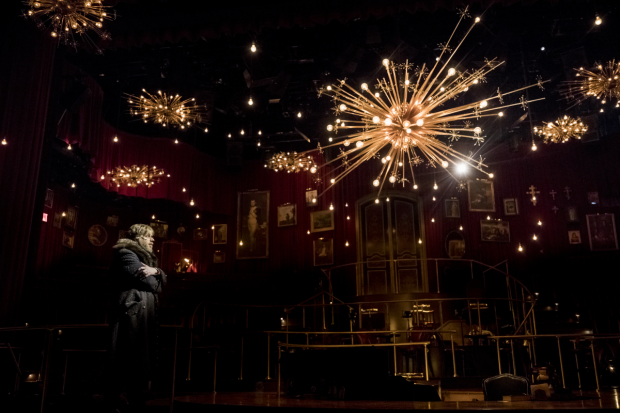
(© Chad Batka)
Bradley King (Lighting)
I've talked endlessly about the light bulbs in Comet, not just because they're my favorite design element, but because so much of the show grew out of using them at Ars Nova (where they were my only option!). For Broadway, I think the addition of the little winches that allow a great number of them to move up and down really adds something special. While we've always had hanging light bulbs as a major part of the visual landscape of the show, the Imperial Theatre is the first space we've done the show that has a mezzanine. Suddenly all those hanging light bulbs were a major sight-line issue: They blocked the mezzanine audience from seeing big portions of the action. So I knew that to keep the bulbs, I had to be able to both bring them down super low (like next to performer's heads) for certain moments — like the single bulb above Sonya's head in "Sonya Alone" — but also to send them super high up out of the way when they weren't being used.
But beyond just the practical considerations, we suddenly had a new visual tool to play with: I could bring the bulbs down en masse, send them back up, undulate them, make certain shapes (like a circle around the "donut," the circular ring at the center of our set), cascade them down like a waterfall (this happens during Dolokhov and Helene's entrance in "The Opera"), or tilt them back and forth across the whole space (during "Balaga"). I think where they truly shine is in "The Ball," which has always been some of my favorite work in the show. If you watch closely, you can see the light from the bulbs chase Anatole and Natasha around the set as he tries to seduce her, and the whole number is lit with a soft twinkle from all the bulbs and chandeliers that I find consistently mesmerizing. The number culminates in their kiss lit by a single bulb overhead, and that cue has been one of my favorites in every incarnation of the show since we opened five years ago!
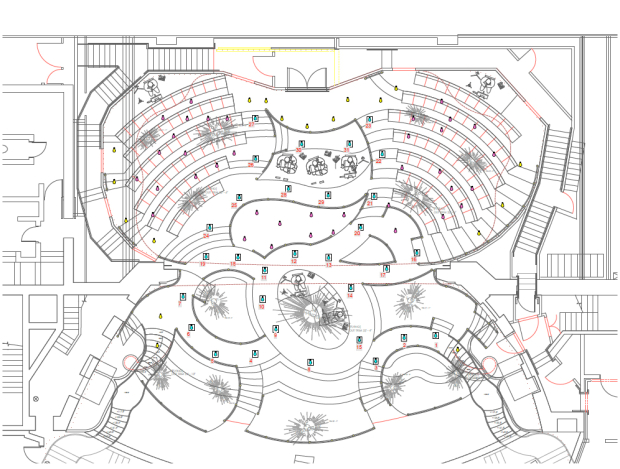

(© Chad Batka)



